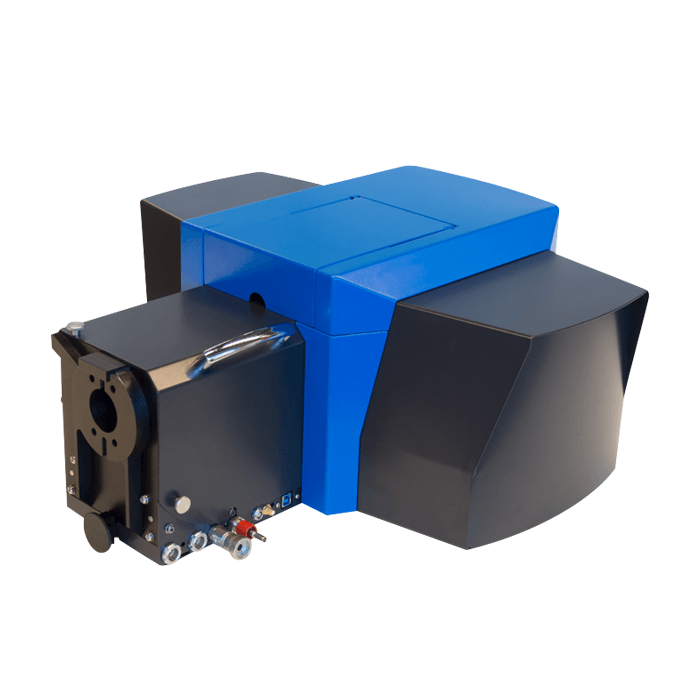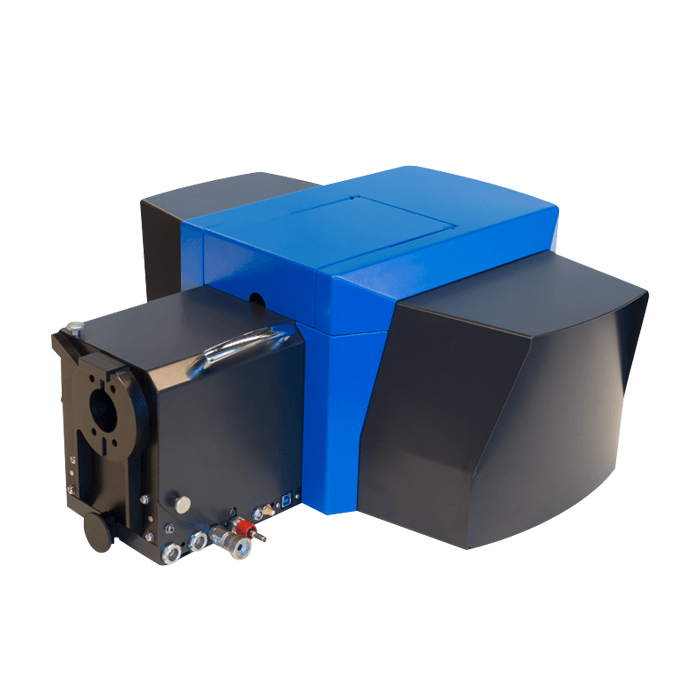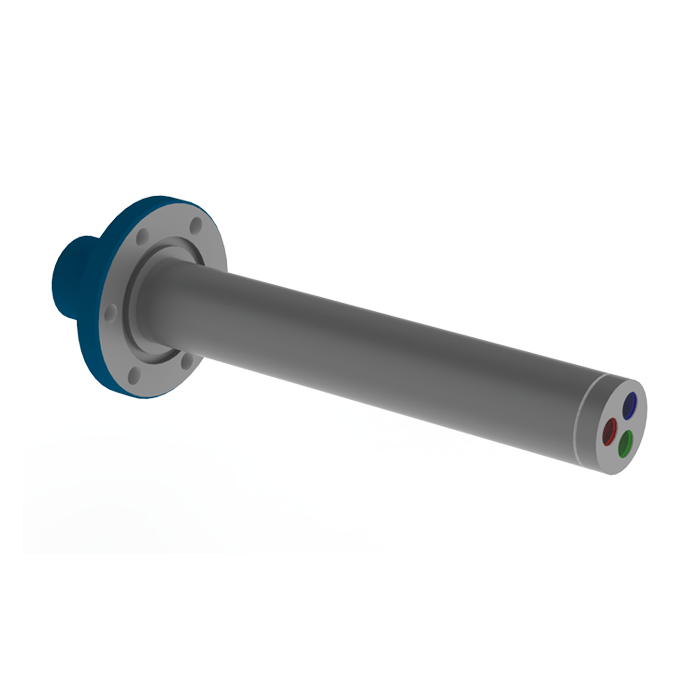Overview
Cathodoluminescence or CL is a rapidly growing technique that reveals properties of materials based on light-matter interactions at the nanoscale. Part of the reason for its growing popularity are the new modes of CL imaging that have recently become available that further extend the applicabaility of the technique. These techniques are made possible by the DELMIC SPARC cathodoluminescence system that can be retro-fitted to most SEMs.
For those of you who would prefer to watch than read, we have assembled a host of relevant videos/webinars that will take you through the various imaging modes, theory and applications .

Introduction to Cathodoluminescence Imgaging
Run time – 38:26 min
This comprehensive introduction will cover:
- What cathodoluminescence is
- How it is different from other types of luminescence
- How it can be generated
- How it can be used in various fields
- Sample preparation
- Common cathodoluminescence imaging modes
- Applications
Cathodoluminescence Processes
Run time – 27:28 min
This general video is an excellent introduction to the technique and provides:
- What cathodoluminescence is
- Coherent and incoherent CL emission
- Intrinsic amd extrinsic CL
- CL from localised surface plasmon resonance
- Applications in geology, semiconductors
Cathodoluminescence – Imaging Conditions
Run time – 26:11 min
In this webinar, we introduce:
- The effect of the SEM parameters on generating CL
- How to set up imaging conditions to obtain high-quality CL intensity maps and spectra from a range of materials
- CL modes including intensity mapping, hyprspectral imaging, angle-resolved & polarimetry and time-rsolved imaging
Cathodoluminescence – Sample Preparation
Run time – 41:52 min
This video covers the importance of sample preparation and its influence on the collection of high quality data.
It considers aspects such as:
- Conductivity
- High vacuum compatibility/environmental mode
- Stability uinder electron beam exposure
- Damange mechanisms
A range of materials are also dealt with including geological materials, bulk materials, powders, nanophotonics, marine micro-organisms and layered materials.
Cathododoluminescence for Geological Materials
Run time – 55:00 min
This webinar covers:
- CL processes in rocks
- CL vs other SEM-based techniques
- Sample preparation
- CL imaging of zircons
- CL imaging of sedimentary rocks
- Large area imaging & tiling
- Imaging modes – intensity mapping and hyperspectral imaging
Cathodoluminescence for Semiconductors
Run time – 22:15 min
Looks at properties including:
- Local band edge emission
- Local defect band emission
- Point defects
- Delocalised effects
- Danage & strain
- Dopant distribution
- Carrier diffusion
- Examples using LEDs, CIGS solar cells
Correlative Cathodoluminescence Electron Microscopy (CCLEM)
Run time – 26:41 min
This webinar covers the used of CCLEM in life science applications and covers such things as:
- Suitability of the CCLEM technique
- CCLEM based on immunolabelling
- Probes for CCLEM incl. REE-based probes
- Label specificity
- Future directions
What is Time-Resolved Cathodoluminescence
Run time – 7:19 min
This short video addresses:
- Which techniques are used for time-resolved CL
- Lifetime and g2 imaging techniques
- How these techniques are performed
- How is time-resolved CL applied
What is Wavelength and Angle-Resolved (Energy Momentum) Cathodoluminescence
Run time – 37:05 min
- Introduction to CL
- Angle-resolved CL detection
- Energy-momentum CL imaging
- Case studies
- Outlook for the technique


